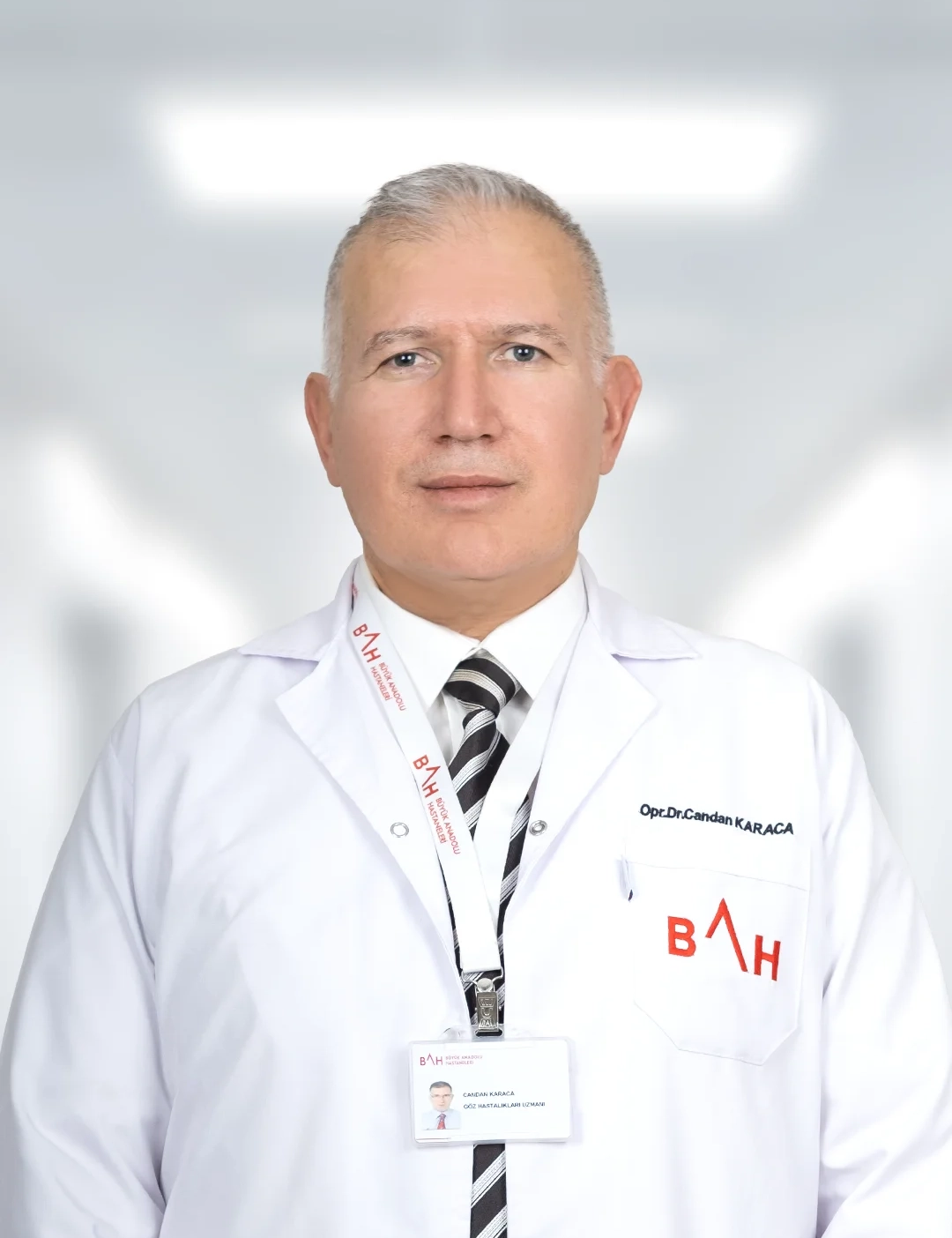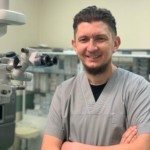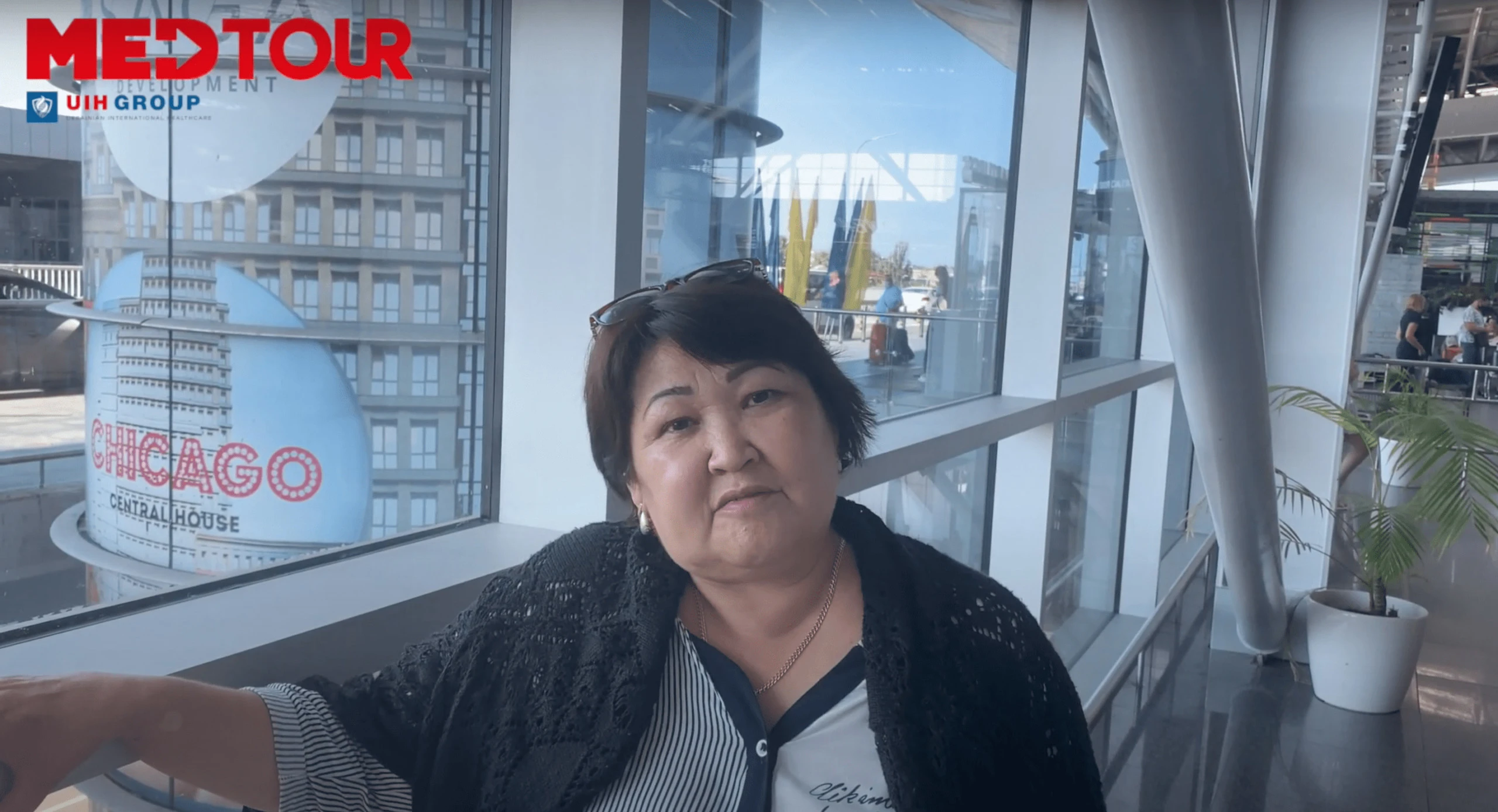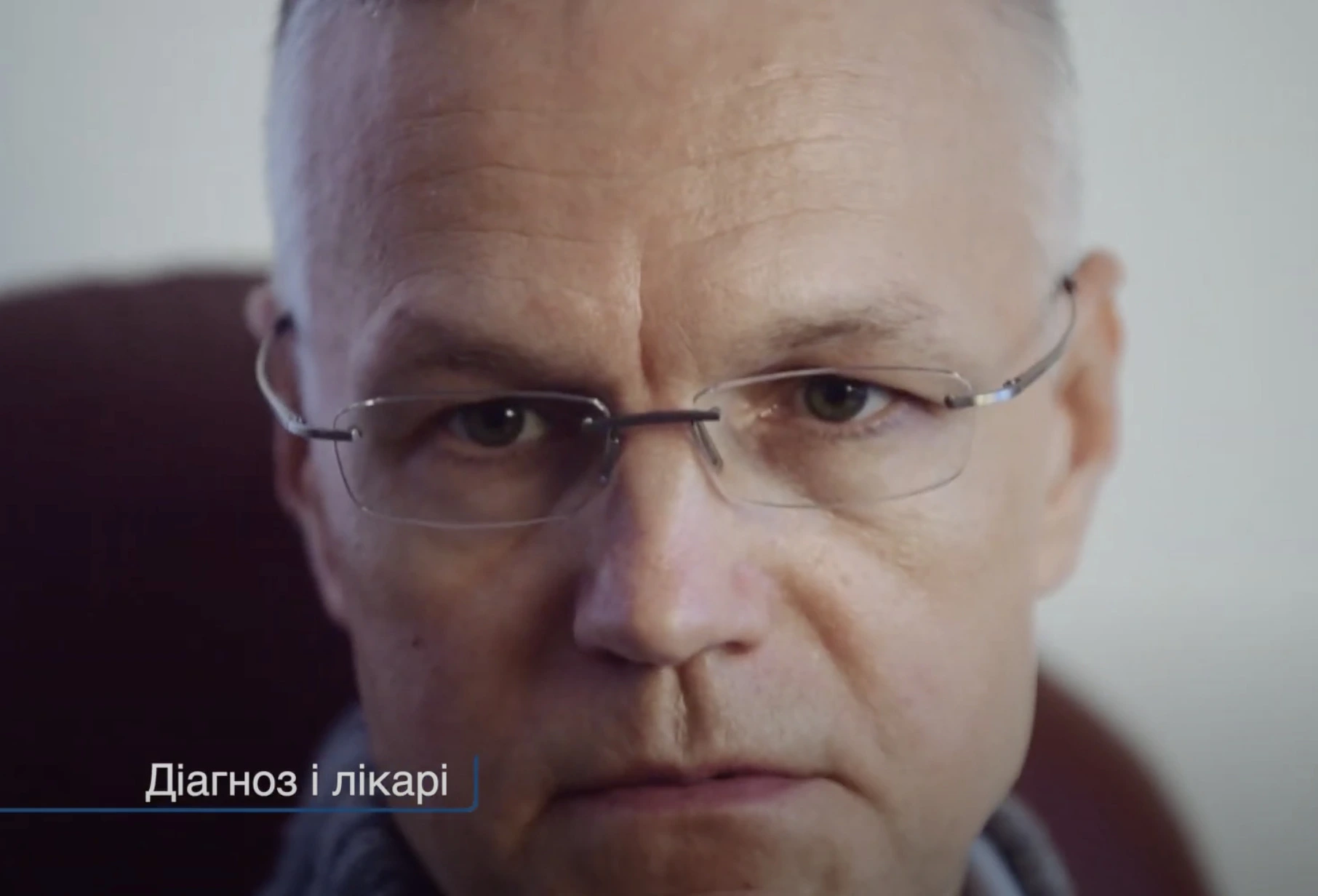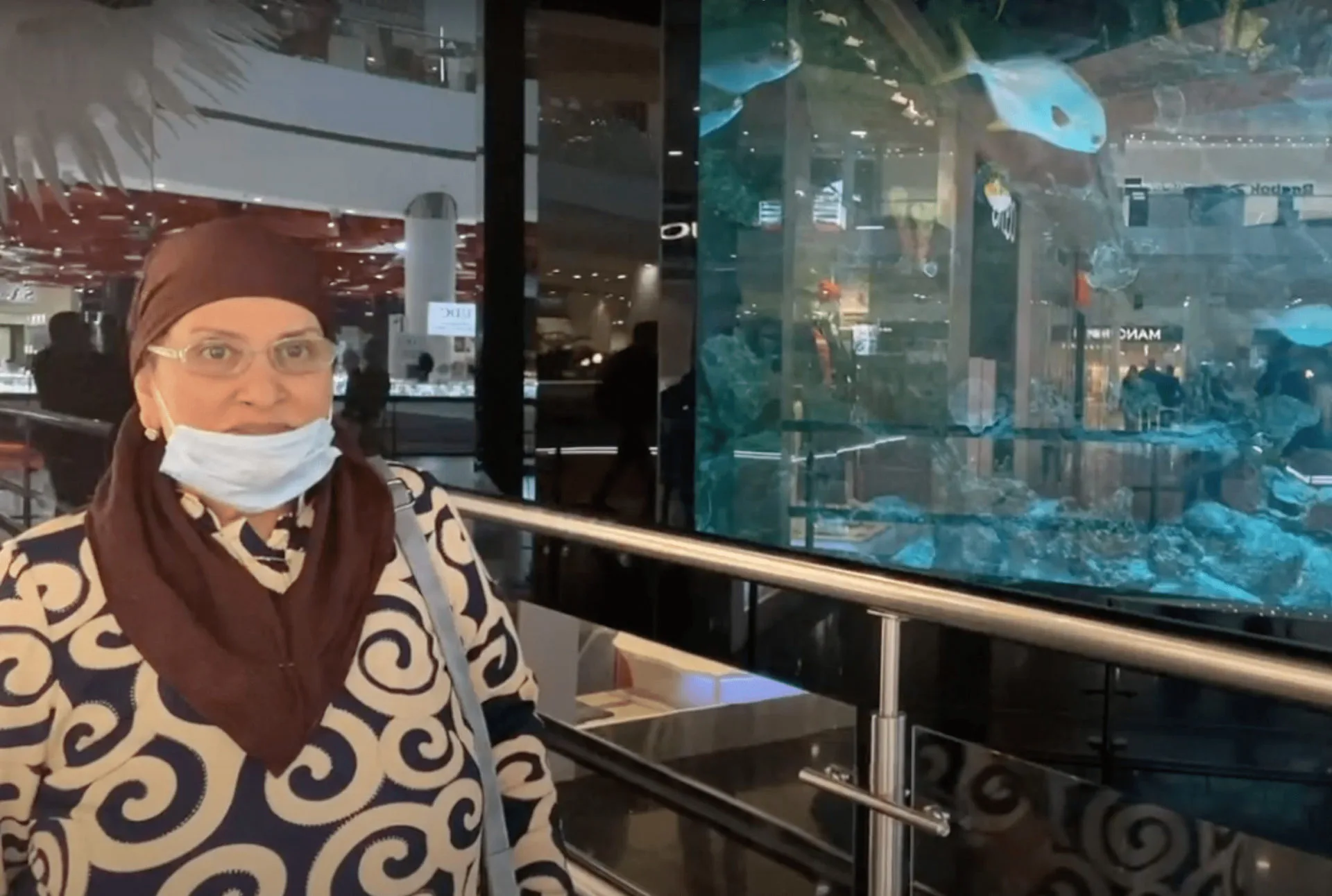-
 News
Tandem MRI with AI can identify schizophrenia better than psychiatrists
News
Tandem MRI with AI can identify schizophrenia better than psychiatrists
-
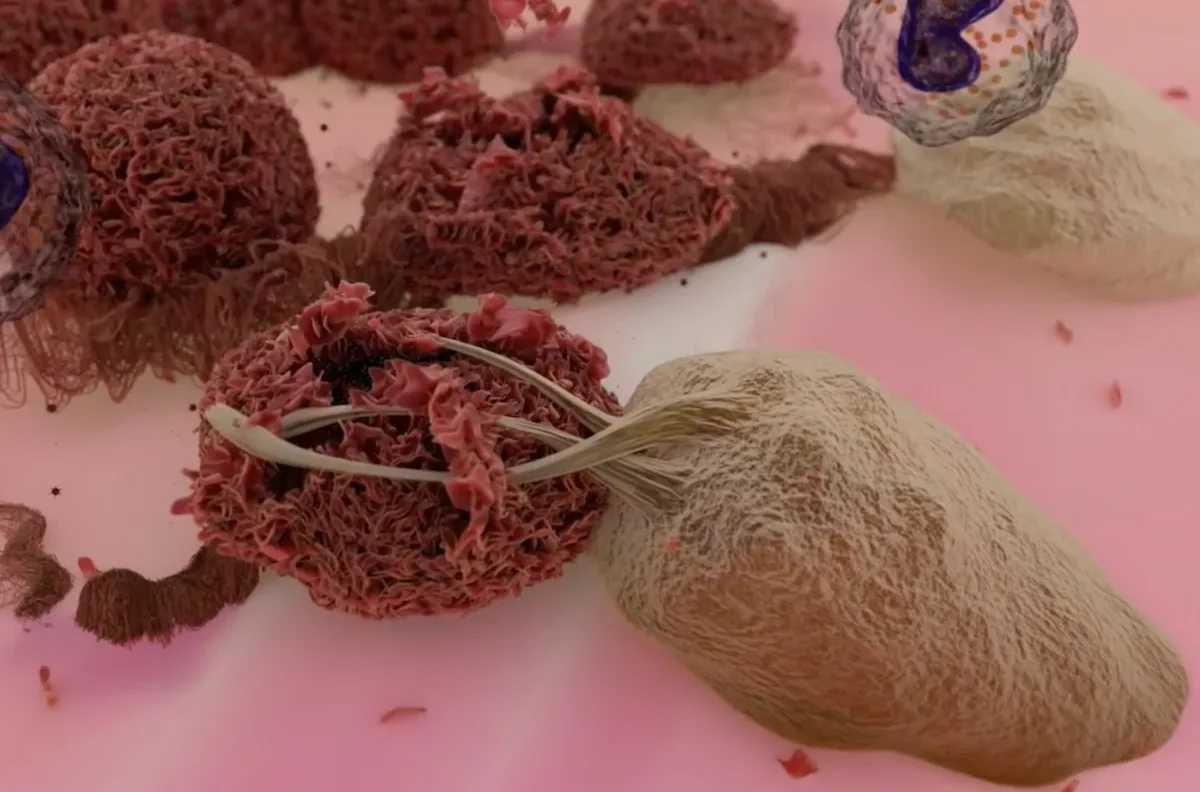 News
Herpes virus turned into a weapon against cancer.
News
Herpes virus turned into a weapon against cancer.
-
 News
WHO proposes radical plan to combat harmful products
News
WHO proposes radical plan to combat harmful products
-
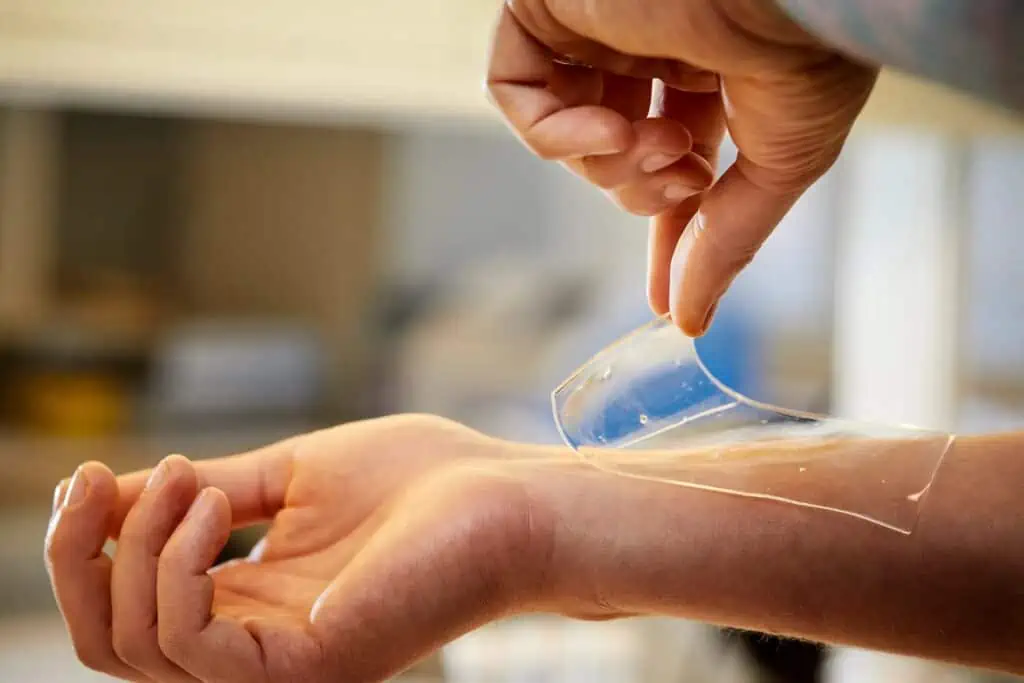 News
Plant-based hydrogel has shown impressive results in the treatment of eczema
News
Plant-based hydrogel has shown impressive results in the treatment of eczema
-
 News
Light for surgeons: new fluorescent molecule illuminates nerves during surgery
News
Light for surgeons: new fluorescent molecule illuminates nerves during surgery
All news
Astigmatism treatment
- Occurs in every 4th person on the planet.
- The risk of getting sick increases with age.
Modern diagnostic methods: keratotopography, autokeratorefractometry, pachymetry, Scheimpflug camera, confocal microscopy, Belin-Ambrosio screening, Placido disc, optical coherence tomography.
Innovative treatment: Lasik, Lasek, ReLEx, keratoplasty, keratotomy, artificial lens implantation.
MedTour patients recommend clinics for the treatment of astigmatism:
Doctors for the treatment of astigmatism
Frequently Asked Questions
This is a distortion of the surface of the eye leading to incorrect visual perception.
Depending on the level of changes, there are:
- external astigmatism (changes in the anterior surface of the cornea),
- internal astigmatism (changes in the back of the cornea or lens of the eye).
Depending on the frequency of changes:
- irregular (wrong),
- regular (correct).
- genetics (93% of all causes),
- defects, diseases of the eye, trauma with subsequent scarring and deformation of the cornea (7%).
Methods to determine the type, cause, degree of astigmatism:
- Corneal topography,
- Pachymetry,
- Autokeratorefractometry,
- Scheimpflug camera,
- Placido’s disc,
- Confocal microscopy of the cornea,
- Screening Belin-Ambrosio,
- OCT of the anterior segment.
Depending on the type of astigmatism, the following methods are possible:
- cylindrical lenses (glasses),
- contact lenses,
- laser correction,
- keratotomy,
- keratoplasty.
After laser treatment of astigmatism, the result is usually very stable and no deterioration is observed in patients.
The lowest price is $800 (Turkey). The cost depends on the country and clinic in which the operation will be performed. Want to know more? Leave a request on the MedTour website and you will be provided with a free consultation!
International methods of diagnosis and treatment of astigmatism
Diagnostics includes an ophthalmologist performing eye tests and determining refraction (autokeratorefractometry). Further, doctors draw conclusions about the cause, type and complexity of astigmatism using the following methods:
- Corneal topography,
- Measurement of corneal thickness (pachymetry),
- Examination with a slit lamp,
- Scheimpflug camera,
- Placido’s disc,
- Confocal microscopy of the cornea,
- Screening Belin-Ambrosio,
- OCT of the anterior segment.
On the MedTour platform, you will find experienced doctors who have innovative diagnostic equipment and will deliver an accurate diagnosis.
Scheimpflug camera
The Scheimpflug camera forms an image in the section of the anterior segment of the eye in different planes. Based on this, a 3D model of the entire cornea can be calculated.
Keratotopography
This examination is indicated for all forms of astigmatism. By projecting rings onto the cornea (Placido discs) and measuring them using a computer, the doctor records the degree of astigmatism. The individual values of corneal refraction are measured in diopters and displayed in color on the display.
Corneal thickness measurement (pachymetry)
Pachymetry is performed to assess the indications for surgery. The thickness of the cornea is an indicator of the function of the internal pumping cells: the worse their function, the more the cornea swells and becomes thicker.
Corneal confocal microscopy (pump cell count)
High-resolution laser scanning of the cornea examines the internal pumping cells (endothelium) of the cornea. Endothelial cells do not regenerate and cell density decreases slowly over the course of life. Corneal microscopy is used to monitor the healing process after transplantation.
Optical coherence tomography of the anterior segment
The short-coherent light examination method provides high-resolution images of the cornea. OCT of the anterior segment:
- shows the individual layers of the cornea,
- calculates the thickness of the cornea,
- allows the doctor to determine the stage of the disease.
Correction of astigmatism
Depending on the type of astigmatism, the following treatments are possible:
- cylindrical lenses (glasses),
- contact lenses,
- laser correction,
- other operational methods.
Cylindrical and contact lenses
If the two focus lines combine to form a focus point, the image on the retina appears sharp. This function is performed by cylindrical lenses. When a person has farsightedness or myopia, cylindrical lenses are combined with spherical lenses. Contact lenses can allow for a higher degree of correction, but they often cause a lot of discomfort to the person.
Laser correction
The principle of these interventions is to compensate for ametropia by changing the refractive power of the cornea. Laser correction options:
- Lasik (Femto),
- Lasek (PRK),
- ReLEx smile.
Lasik
The most popular method of laser eye surgery is Lasik. It can be used to treat astigmatism up to five diopters. Removal is very accurate and guarantees a high level of security.
A very thin knife is used to cut the cornea — this creates a thin lid. It folds to the side and provides access to the deeper layers of the cornea. After a precisely calculated laser exposure, the flap is closed again.
Lasek
If Lasik cannot be used due to too small diameter of the cornea — PRK (Lasek) is used. With this method, only the thin epithelial tissue is dissolved before the laser is applied.
Disadvantages of Lasek: The healing process is slower and can be painful for several days after the procedure.
ReLEx smile
The procedure can compensate for astigmatism up to five diopters, but it is less effective than Lasik. The ReLex smile procedure is only beneficial for patients with dry eye syndrome.
Artificial lens implantation
If the cause of astigmatism is clouding or a change in the lens of the eye, surgical removal of the lens and implantation of an artificial lens is necessary. During cataract surgery, corneal astigmatism can be compensated for with special toric artificial lenses.
Keratoplasty
If there are scars or other changes on the surface of the cornea, a corneal transplant (keratoplasty) is performed. Different surgical techniques can be used depending on the type of defect.
Keratotomy
This surgical procedure is used to reduce severe astigmatism (from 5 diopters). At the edge of the cornea along the axis of the greatest bend, a deep arched incision is made (80% of the corneal thickness). This leads to relaxation of the corneal tissue along this axis — the curvature of the cornea decreases. Vision improves immediately on the second day after the operation, but for a full result you need to wait 2 weeks.
Published:
Updated:


